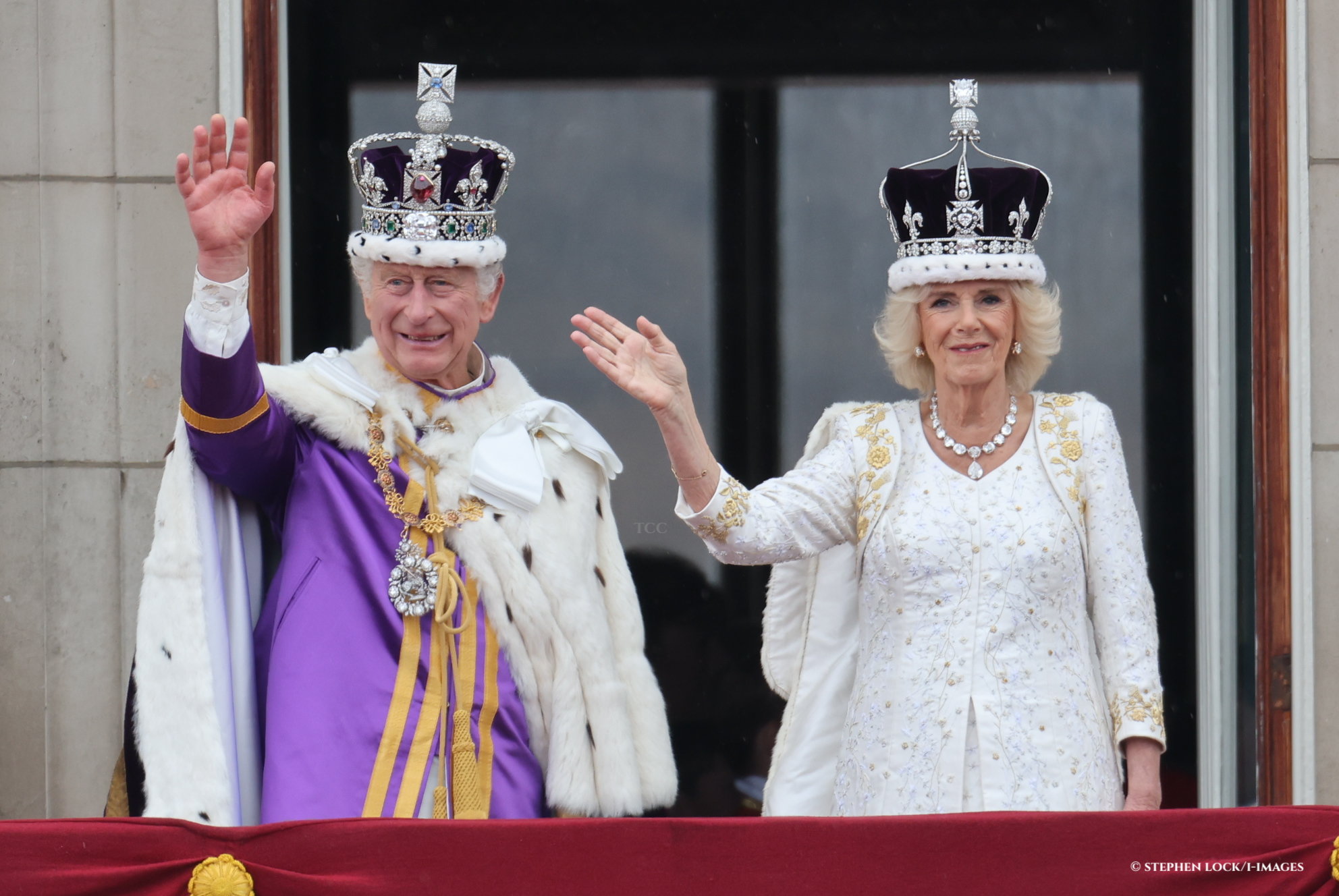History is full of amusing stories, including many an unusual death. With medicine rarely advanced enough to treat any ailments that could end one’s life, it has certainly given us some interesting tales to recount. Let us start with George Plantagenet, Duke of Clarence, who supposedly ended his days being drowned in a vat of wine….

George, Duke of Clarence reportedly died in a vat of wine… (Wikimedia commons)
George was the younger brother of King Edward IV. He had helped his brother take the crown from Henry VI in the Wars of the Roses, first in 1461, but their relationship soured – and he ended up in the Tower.
As with many in the Wars of the Roses, the Duke of Clarence was a turncoat numerous times, which would be the unmaking of him. After Edward took the throne, George switched sides in an attempt to seize power for himself. He chose to side with his father-in-law, Richard Neville, Earl of Warwick (who had initially helped Edward become King), but their plot failed.
Power-hungry Warwick then found an alliance with Margaret of Anjou (Henry VI’s wife) and successfully launched an invasion on England from the continent, putting Henry VI back in power. George had been shunned by his fickle ally, and so went back to his brother’s side; back with his family, he fought for the Yorkists at Barnet and Tewkesbury, helping make Edward King once more in 1471.
It has been stated that The Duke of Clarence was never fully mentally stable (perhaps exemplified by all his changing of sides, but then what does that say about so many figures of the era?!), especially after the death of his wife in childbirth. Nevertheless, his grateful brother created him Earl of Salisbury and Earl of Warwick after Richard Neville’s death in 1471, and welcomed him back into the fold. George was rewarded with the position of Great Chamberlain of England, and seems to have been influential at court, also regularly attending Parliament.
The effect of Isabel’s death was profound; Clarence was convinced she had been poisoned by one of her ladies-in-waiting, Ankarette Twynyho, and he forced a trial in 1477, bullying the jury into convicting Twynywho of poisoning his wife. She was hanged, but posthumously pardoned by King Edward the following year. From this point, George’s mental state deteriorated.
George grew bitter about the influence that his other brother, Richard, Duke of Gloucester (future Richard III) had at court. After the death of his wife, Isabelle Neville, the Duke’s wish to marry the Duchess of Burgundy was rejected by the King, further straining relations.
The fractious relationship George had with the King only increased in the middle of the 1470s, when Edward became ‘exasperated’ with his brother, and increasingly took sides against his brother. For example, his other brother Richard wished to marry Anne Neville, daughter of the late Earl of Warwick. George had taken her into his care, managing the heiress’ Warwick estates after his wife’s death, and always being short of money, but Edward IV agreed that Richard should would marry her.
When one of his own staff, astronomer named Dr John Stacey, was arrested, Stacey confessed under torture that he had “imagined and compassed” the death of the King, and had sought help from the dark arts. Naming two further allies, all three were tried for treason, and found guilty. One accomplice was saved from hanging at Tyburn at the eleventh hour with an intervention from a senior Bishop, but the other two swung from the neck…
Edward IV had given a clear warning to all – including his brother Clarence – that he was not to be messed with. Returning to the throne after years of warring, which had pitted neighbour against neighbour, meant he needed a strong hand to rule.
Ever the rebel, Clarence had a declaration of innocence given on the scaffold by one of the men read to the royal council in May 1477. The King was not present, but was enraged, and promptly summoned George to Westminster, severely upbraiding him.
Edward IV denounced his brother for ‘most serious [misconduct] … in contempt of the law of the land and a great threat to judges and jurors of the kingdom‘. While it does not appear that the King intended to charge his brother with treason, that is what happened with his arrest in January 1478.
His end came after he was accused of slandering Edward and readying a rebellion against him, after one of his attendants confessed. The King summoned Clarence to Windsor and severely upbraided him, before having George arrested for high treason in January 1478.
The Duke, 28 at the time, was taken to The Tower of London after a Bill of Attainder was passed in Parliament, declaring him guilty of ‘unnatural, loathly treasons’, made even more shocking by being the King’s brother.
The surviving act of attainder refers to the trial, and other charges, some of which are not convincing. For example, to ‘Clarence’s intention of sending his heir abroad, his retention of an exemplification of his Lancastrian title to the crown, to indentures of retainer that did not reserve allegiance to the king, to his claim that Edward was a bastard, and to his railing against the King’.
In the securest building in the country, George was executed on 18th February 1478. While the official record at the time speaks of a private execution in the Bowyer Tower (the location of the prison of the royal residence and fortress) the exhumed body of the Duke was found to be in tact – he had not been beheaded, as was the traditional execution of a nobleman.
So, did George, Duke of Clarence die by drowning?
“The headsman does it, leaving his axe to one side but wearing his black mask over his face. He is a big man with strong big hands and he takes his apprentice with him. The two of them roll a barrel of malmsey wine into George’s room and George the fool makes a joke of it and laughs with his mouth open wide as if already gasping for air, as his face bleaches white with fear.” The White Queen, Phillipa Gregory

Margaret Pole, Countess of Salisbury is shown to have worn a bracelet with a wine barrel charm on her right wrist in honour of her father, Duke of Clarence (Wikimedia Commons)
Gregory’s heavily embellished novel takes the rumour and runs with it, claiming George requested this death himself. In Shakespeare’s ‘Richard III’, George is stabbed and then drowned in a butt (large vat) of Malmsey wine, which may be where this story comes from. However, like Richard III’s hunched stature – often purported to have been Tudor propaganda – this depiction in the Bard’s work turned out to be true.
A butt of wine is today measured at 105 gallons or 477 litres – plenty in which to drown a man. Some have suggested this was something of a joke following Clarence’s death, an ode to his fondness of drinking.
Another possibility is that his body was sent to Tewkesbury Abbey in a barrel of wine for burial – much like Nelson was sent home in a barrel of brandy.
A portrait of George’s daughter, Margaret Pole, Countess of Salisbury, shows her wearing a bracelet with a wine barrel charm upon it, further fuelling the speculation that he was in fact drowned in wine.
There are worse ways to go…





